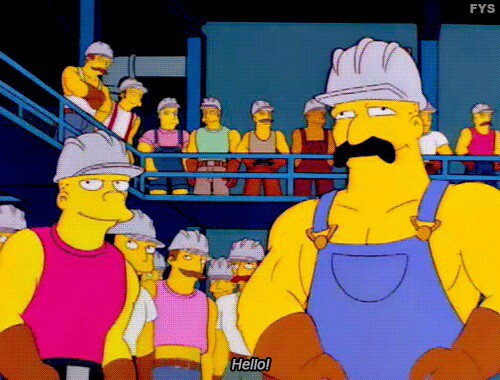The improbable rise of Bernie Sanders’ presidential campaign presents an interesting question: why is Sanders, a self-proclaimed “democratic socialist,” running as a Democrat? “In any other industrialized country, Sanders would likely be the standard-bearer for a labor or social democratic party,” said McGill University sociologist Barry Eidlin, whose new study appears in the June issue of the American Sociological Review. “But the U.S. famously lacks such a party.”
The conventional wisdom holds that the U.S. lacks a labor or socialist party because its political culture is hostile to socialism, and its electoral system is uniquely hostile to third parties. Eidlin’s study challenges that conventional wisdom using a historical comparison with Canada, a country similar to the U.S. in many ways, but whose political culture and electoral system have ostensibly been more hospitable to labor parties.
Electoral Data Challenges Conventional Wisdom
“The analysis of 142 years of electoral data shows that differences in political culture and electoral systems did not affect labor party support as expected: prior to the 1930s, political differences were muted, with low but significant labor party support in both countries,” said Eidlin.
It was only in the 1930s that labor party support collapsed in the United States and took off in Canada. Why was there such a stark shift in the 1930s?
Using in-depth archival research, Eidlin shows that it was a consequence of different ruling party responses to worker and farmer protest during the Great Depression. In the U.S., Franklin D. Roosevelt responded to the protests with rhetorical appeals to the “forgotten man” and policy reforms that successfully absorbed some farmer and labor groups into his New Deal coalition, while simultaneously dividing and excluding others. The result was labor party collapse.
In Canada, mainstream parties responded to protests with a combination of repression and neglect. This exclusionary approach left room for the Cooperative Commonwealth Federation (CCF), a precursor to today’s New Democratic Party (NDP), to organize them into a durable third-party coalition.
The Paradoxical Role of Parties
Eidlin’s analysis highlights the role that political parties play not only in reflecting the will of different segments of the electorate, but in actively constructing and constraining political coalitions.
“What’s really interesting here is the paradoxical role that the ruling parties play in both countries,” Eidlin said. “In the U.S., the Democrats’ more conciliatory response to farmer and labor protest ended up constraining progressive politics over the long term. Meanwhile, the Canadian Liberals and Conservatives’ efforts to suppress farmer and labor protest backfired, setting the stage for the relatively more progressive political landscape we take for granted today.”
Definitely Not Ivory Tower Intellectuals
Amidst the tumult of the Great Depression, similar groups of intellectuals played very different roles in shaping political parties’ approaches in both countries. “In the U.S., President Roosevelt relied on a group of intellectuals known as his ‘Brains Trust’ to develop the reform program that came to be known as the New Deal,” Eidlin explained. “In Canada, the mainstream parties had no room for this kind of big thinking. So the Canadian intellectuals who would likely have been part of that ‘Brains Trust’ had they been in the U.S., particularly some professors at McGill and the University of Toronto, instead formed the League for Social Reconstruction, which provided the intellectual backbone for the CCF.”
If our reporting has informed or inspired you, please consider making a donation. Every contribution, no matter the size, empowers us to continue delivering accurate, engaging, and trustworthy science and medical news. Independent journalism requires time, effort, and resources—your support ensures we can keep uncovering the stories that matter most to you.
Join us in making knowledge accessible and impactful. Thank you for standing with us!


This is a great point and I’d love to see labor return to the U.S. political scene. Too long it’s lived under the Republican-painted image of being a corrupt machine, when in fact it has been the biggest advocate of regular Americans at the table.
Minnesota had a dominant Farmer-Labor Party from 1918 to 1944 that successfully won election of three Minnesota Governors, four US Senators, eight US Representatives and a majority in the Minnesota legislature. The party merged with the Minnesota Democratic Party in 1944 to become the Minnesota Democratic-Farmer-Labor Party (DFL) which proudly stands with this name to this day.